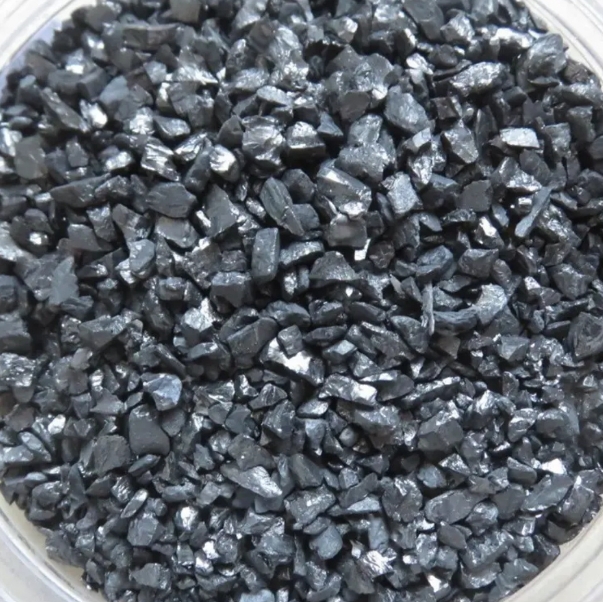
Anthracite is the most carbon-rich type of coal. All over the world, this dark, black mineral is hard and can be seen. It is thought to be one of the best coals for steel, as it can increase hardness and strength without sacrificing ductility or yield point. It also enhances machinability and improves resistance to corrosion, cracking and scaling.
The use of anthracites as a coke substitute in blast furnaces can reduce emissions, and save money. But they can be very difficult to deal with due to their brittleness. Also, anthracite can be found in many domestic heaters. Anthracite is mined wet or dry. However, wet processing gives a product of higher quality. Wet processed anthracite has fewer fines and agglomerations.

The test for Mohs Hardness might seem like a simple process. However, results from different laboratories can differ greatly. The reason for this is that the test uses an abrasive substance to scratch the coal sample. Scratches can be rounded, distorted or even distorted. Use only labs with accurate Mohs testing results.
Bituminous Coal has lower levels of carbon in comparison to anthracite. Despite this, bituminous is still extensively used as a fuel for the production or steel. Water treatment systems also use it, as its properties make it easy to integrate into gravity-sand filters. Anthracite filters can help municipalities save money on operating costs, reduce head loss and backwashing, and improve water treatment.
This sand is stronger and more durable. This quality enables it to endure longer periods of time in a sand filter, reducing both maintenance and replacement expenses. Additionally, anthracite filtration media has a lower specific gravity than other types of sand, which can reduce the amount of backwash needed to replenish the filter.
Acidic environments are highly resistant. The material can neutralize hydrochloric or sulfuric acid.
Black coal is another name for anthracite. It's also called stone coal. Kilkenny coal. Crow coal. The Greek term anthrakts means "coal like." Anthracite has many different names, due to the variety of appearances and its metallurgical qualities.
Anthracite can be divided into lumps or fines. Fine anthracite has a particle size of less than 10 mm, while lump anthracite is comprised of larger particles ranging from 10 to 40 mm. Anthracite lump is used in the production of electric energy. The anthracite fuel is unlike other fossils because it burns cleanly and produces low sulfur. It also has high heat values, which makes it an effective energy source. This fuel is also valuable for industrial purposes because of its high heat value.

Write a Message